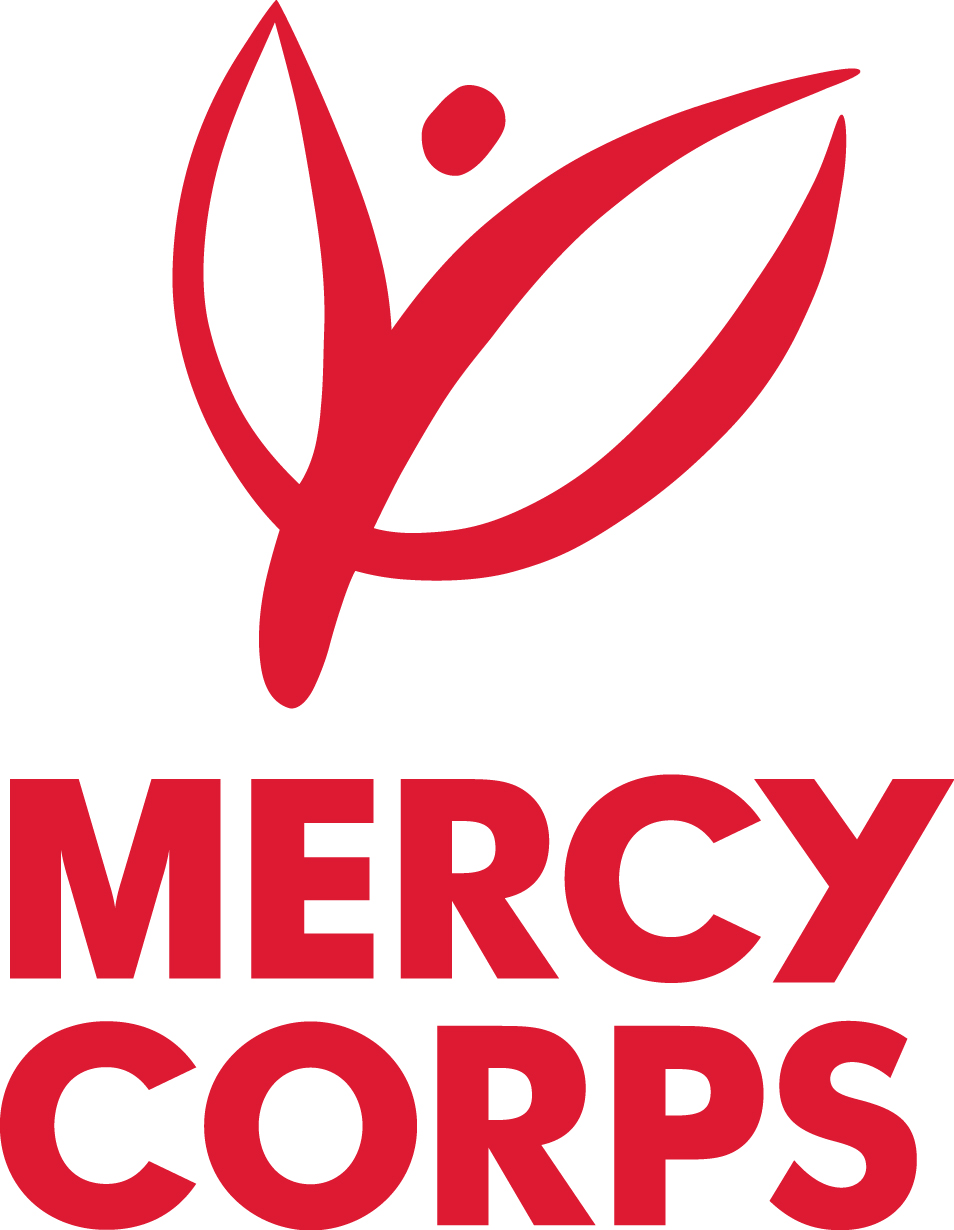Picture this: A bookshelf packed with heavy materials located next to an exit, a large steel teacher’s desk on wheels that don’t lock sitting in the middle of a classroom, a tall filing cabinet next to student desks, folded cafeteria tables on wheels lining the walls of a gymnasium, a piano on wheels sitting in a hallway, lockers not attached to walls… Okay, now picture what happens when a 9.0 earthquake hits.
Yikes.

One of the questions I hear most frequently from my neighbors is: How are our schools preparing for a major earthquake? I can’t speak about private schools, but I can say that our public schools are doing the best they can with the resources they have – which is to say, not enough.
Portland Public Schools
Thanks to bond measures passed in 1995 and 2012, Portland Public Schools has completed seismic upgrades to many of their buildings. They also require schools to do earthquake drills twice a year, and some (but not all) schools have stockpiled emergency supplies and water. This is a good start, but it’s not enough to ensure all children’s safety during a massive earthquake.

Non-Structural Hazard Mitigation
Non-structural hazard mitigation encompasses many types of preparation, but the most relevant for this conversation is the securing of a building’s contents that could become hazardous during an earthquake – like that bookshelf by the only exit of a 1st grade classroom. Securing that bookshelf might be one of the best and easiest ways to prevent loss of life for those 1st graders.
As much as the hard-working folks at PPS would like to secure all of these hazardous items, they don’t have a budget for it. And it’s not because they don’t care. It’s because they’re faced with SO MANY other urgent issues and an incredibly restrictive budget. And because by and large, people don’t voice their concerns to administrators and elected officials about this topic.
Okay, political rant complete. Besides allocating more money, what can we do?
Parents4Preparedness
Parents, teachers, and administrators are working together to find creative solutions. The group Parents4Preparedness (P4P) was formed in 2015 by a group of concerned parents. They meet every two months during the school year to advocate for sufficient earthquake preparedness resources, promote best practices, and share information to improve the resiliency of Oregon’s schools.
These are parents who have had some successes (strapping furniture, leading parent/child reunification drills, etc.) who are trying to reach out to other parents to share what they’ve learned. Unfortunately, it’s not as simple as buying some brackets and “getting someone to do it.” There are liability issues to consider. There are schedules to consider. There are busy, busy teachers to consider. There are 100+ year old buildings with lead paint and weird materials in the walls to consider. And there are very serious equity issues to consider.


Mercy Corps Information Campaign
One of P4P’s co-facilitators, Susan Romanski, is the US Director for Disaster Preparedness & Community Resilience for Mercy Corps. Now through the end of the 2016-2017 school year, Susan is offering to do 90-minute earthquake preparedness presentations and facilitated discussions for PPS schools that request it. She’ll cover basic steps to prepare families, communities, and schools for a Cascadia event. Her presentations can be offered in English or Spanish. Here’s the catch – a parent (or group of parents) has to take this on. They need to organize the event, publicize it, and work with the school’s administration to make it happen. Parents interested in arranging a presentation at their school should carefully read this flyer.
Neighborhood Emergency Team (NET) member participation is welcome and encouraged at these events. Once an event is scheduled, the NET Team Leader in that neighborhood will be contacted, and the TL can attend the event or find someone else on the team to do it. The NET can introduce themself, share their NET experience/activities, or simply explain what NET is. This can create a bridge between the parents and the NET.
2017 Bond Proposal
Work is currently being done on a new PPS Health, Safety, and Modernization Bond proposal for May 2017. This bond is our only hope for funds that will continue to make schools safer for the next 6-8+ years. There are no other options for capital funds in the amounts needed – not from the City of Portland, the State of Oregon, or FEMA. We must persuade our friends and neighbors that these investments in safety make sense.
The first meeting with opportunity for public testimony is from 6:30-8pm on Thursday, February 2 at Madison High School. There will also be a School Board meeting on February 6 and additional town halls on February 7, 8, and 9. See the district’s bond website for details and complete this very brief online survey before February 10th.
Help Us Get the Word Out
Your help is needed in getting the word out about P4P, the Mercy Corps presentations, and the 2017 bond. We especially need to make sure that parents in underrepresented communities hear about this. So please, spread this far and wide. I know parents are overwhelmed with other issues, but this is an issue that threatens thousands of children’s lives.
Written by Laura Hall, Assistant Team Leader, Arbor Lodge / Kenton NET, ArborLodgePrepares@gmail.com
(Thanks to Ted Wolf for contributing. Ted is advocating on behalf of P4P on the 2017 bond proposal.)
